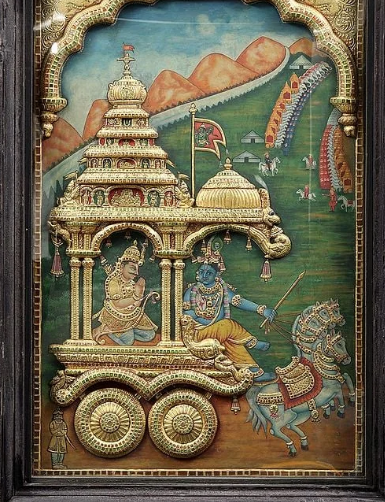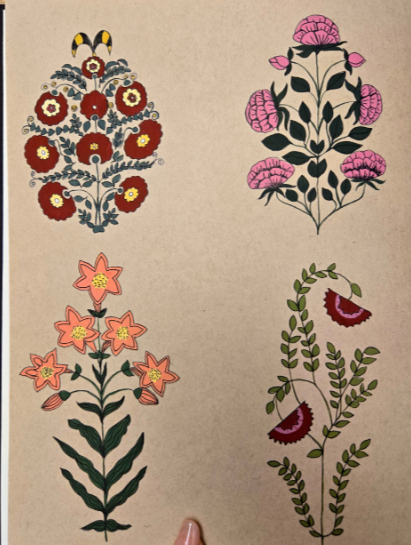Introduction
India, a land of rich history and diversity, boasts a vibrant tradition of cultural art that dates back thousands of years. With its deep-rooted connection to spirituality, rituals, and daily life, Indian cultural art encompasses a wide range of stunning visual expressions. In this article, we explore the beauty of Indian art, from its classical forms to contemporary masterpieces.
1. The Enchanting World of Madhubani Paintings
Madhubani paintings, also known as Mithila art, originate from Bihar and are renowned for their intricate patterns and vibrant colors. This art form often depicts scenes from mythology, nature, and daily life, capturing the essence of rural Indian life. Characterized by detailed line work and bold colors, Madhubani paintings are a true reflection of India’s artistic heritage.
2. The Timeless Elegance of Tanjore Art
Tanjore paintings from Tamil Nadu are known for their richness and grandeur. Featuring religious deities, these paintings are embellished with gold foil, giving them a radiant, three-dimensional appearance. The intricate details and use of vibrant colors make Tanjore art a symbol of spiritual devotion and artistic finesse.
3. The Captivating Beauty of Warli Art
Warli art, originating from Maharashtra, is one of the most distinctive tribal art forms in India. This art form primarily uses geometric shapes to create intricate representations of nature, wildlife, and human figures. Warli art is characterized by its simplicity and striking use of white on mud walls, often symbolizing the harmony between nature and humans.
4. The Spiritual and Symbolic World of Pattachitra
Pattachitra paintings from Odisha are known for their mythological themes and intricate depictions of Hindu gods and goddesses. The art form’s name, ‘Pattachitra’, comes from ‘Patta’ meaning canvas and ‘Chitra’ meaning picture. With its detailed storytelling and use of natural dyes, Pattachitra is a symbol of spiritual devotion and artistic mastery.
5. The Majestic Mughal Miniature Paintings
Mughal miniature paintings, with their finely detailed scenes of court life, battles, and nature, are one of the finest examples of Indian art. Developed during the Mughal Empire, this style is characterized by vivid colors, intricate detail, and a blend of Persian and Indian artistic influences, making it a cherished legacy of Indian culture.
6. The Intricate Craft of Block Printing
Block printing is an ancient technique that involves the use of hand-carved wooden blocks to stamp designs on fabric. Popular in Rajasthan and Gujarat, this form of textile art is known for its intricate patterns and bold colors, making it a key element in Indian fashion. The artistic process of block printing reflects India’s long-standing craftsmanship traditions.
7. The Lively Charm of Phulkari Embroidery
Originating from Punjab, Phulkari is a form of embroidery known for its floral designs and vibrant colors. Traditionally, it is done on shawls, dupattas, and other garments, representing the beauty of rural life in India. Phulkari’s geometric motifs and intricate threadwork have made it a beloved art form that showcases India’s textile artistry.
8. The Beauty of Rajasthan’s Miniature Art
Rajasthani miniature paintings are characterized by their detailed craftsmanship, often showcasing themes of royalty, nature, and mythology. These tiny artworks, often found on palm leaves or paper, are meticulously crafted using natural colors and gold leaf. The vibrant colors and intricate details of Rajasthani miniatures make them stand out as a key part of India’s artistic legacy.
Conclusion
Indian cultural art is a treasure trove of creativity and heritage, with each art form representing different facets of India’s rich history and diversity. From the intricate patterns of Madhubani to the grandeur of Tanjore paintings, Indian art is a reflection of the country’s timeless beauty. Whether you’re a lover of traditional designs or intrigued by modern interpretations, the beauty of Indian cultural art never fails to captivate.









